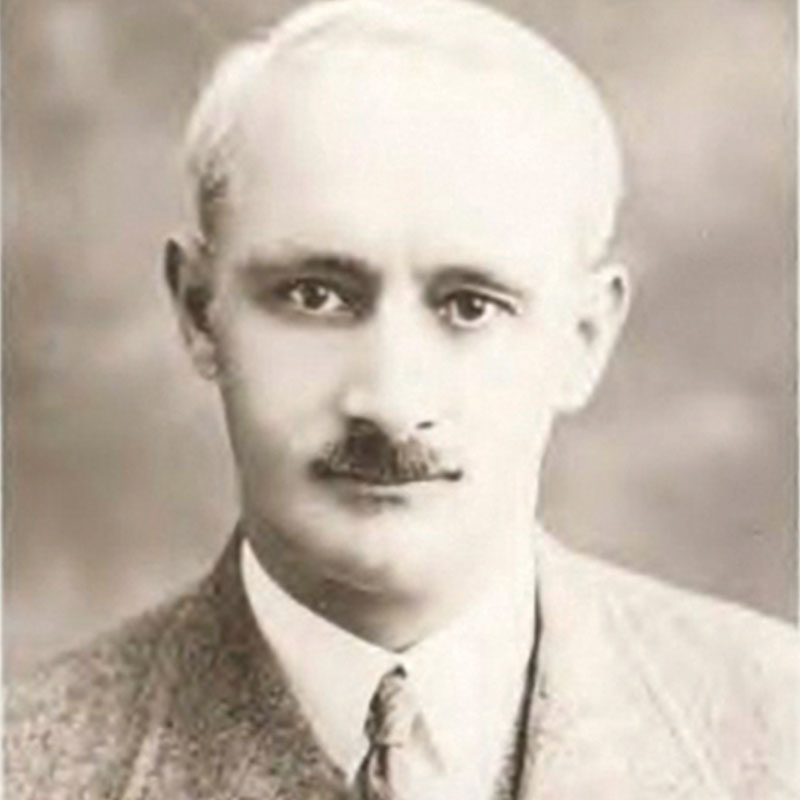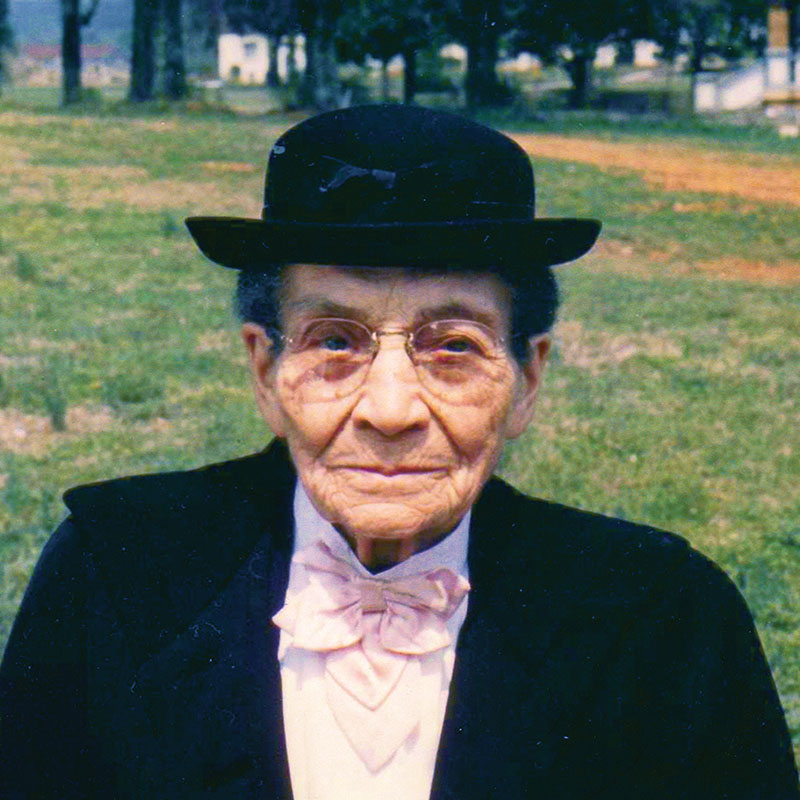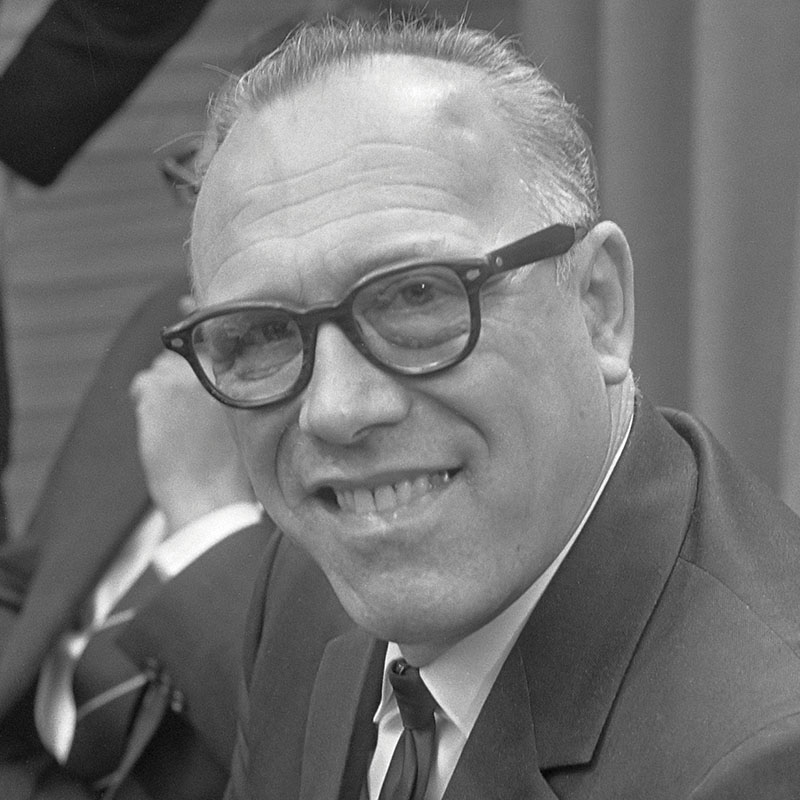Better Solutions for New Situations

The Calf Path,” a satirical poem by Sam Walter Foss, tells how a meandering trail left by a wandering and aimless calf became a path, a lane, a road, a street, and, ultimately, a thoroughfare. Organizations can follow this same path, so to speak. Systems and procedures that once were designed for specific purposes become normal practice; with repeated use they seep into the organization’s culture and achieve protected status.
One of the most important leadership tasks in any organization is to embrace innovation—the application of better solutions in a changed environment. It’s a subtle temptation for leaders to preserve system and structure as a way of pursuing and protecting mission. Where this is done, organizations become both inefficient and ineffective. Organization and systems are necessary, but they must demonstrate sufficient flexibility to respond to change— both internal and external.
How can leadership teams embrace innovation while staying focused on mission? Seventh-day Adventist Church history offers insights. The reorganization of structure initiated in 1901 brought sweeping changes to systems that had grown cumbersome and uncoordinated. It’s not surprising that some should inquire if, 120 years later, there is reason to once again look at structure in the light of present circumstances and technology. Are there ways of being more efficient and more effective?
The purpose of this article is not to answer the question. Rather, it seeks to draw attention to how leaders might create an organizational culture that encourages innovation. Here are five ideas.
1 Think in terms of opportunities. A crisis within an organization is certainly a threat, and defensive action may be urgently required. Disruption, however, can also lead to lasting and beneficial change. This requires a mindset that is comfortable with considering new ways of doing things. The worldwide COVID-19 pandemic is an unavoidable challenge to doing things “the way we have always done them.” Organizations and individuals have been forced into adopting alternative ways of going about the business of life. The way meetings are conducted has changed, the necessity of extensive travel has been reviewed and drastically curtailed, and even the distribution of authority has been revised—some problems must be resolved immediately and locally.
2 Make innovation everybody’s business. Encourage all employees or members of an organization to think about new solutions to current challenges. Open pathways for ideas to be shared and critiqued. Give some room for experimentation. Centralization and micromanagement suffocate initiative and innovation.
3 Listen to newcomers. New employees and new members will often be the ones who ask questions about what old-timers have accepted as normal and necessary. New pairs of eyes can see more clearly the ingrained habits of institutional and local church procedures. Their questions and observations serve as challenges to invisible assumptions and invitations to consider alternative ways of achieving desired outcomes.
4 Keep in formed about emerging trends in technology. A recent McKinsey Global Initiative report estimates that “about half of all the activities people are paid to do in the world’s workforce could potentially be automated by adapting currently demonstrated technologies.”* When was the last time you used an eraser? a pay phone? a paper road map? Times have changed and keep on changing. Today’s administrators and church leaders need to stay informed on trends that directly impact organizational life and mission. It’s not necessary to be at the leading edge of technological change, but this is the twenty-first century.
5 Listen to “what the Spirit says to the churches” (Rev. 3:22). It is folly to assume that there is nothing new to learn in relation to spiritual things or how the church engages in God’s mission. Jesus promised that “when He, the Spirit of truth, has come, He will guide you into all truth” (John 16:13). The New Testament book of Acts presents a mind-stretching account of how the Holy Spirit led the early believers into new ways of seeing and behaving—innovations in spiritual living. The early chapters in Acts offer a veritable staircase of ascent to new visions of what it means to be a follower of Jesus Christ. Note these examples: (1) Acts 2:1-12: The Holy Spirit is democratized— all were amazed; (2)Acts 8:1, 4: Persecution in Jerusalem scattered believers, mission was planted in new territory; (3) Acts 9: Saul’s conversion and call to ministry—a terrorist becomes an evangelist; (4) Acts 10: Peter’s encounter with Cornelius confronts ethnocentrism and prejudice; (5) Acts 11:19-23: The Antioch church—unsupervised result of lay initiative; (6) Acts 15:1- 29: New dimensions in theological understanding and doctrine.
The Holy Spirit kept updating the map of mission for the early church. He led believers through experiences that fundamentally changed their perceptions and expectations. Through the Holy Spirit’s guidance the church came to new, ever deeper, ever broader understanding of God and His purposes in this world. The Holy Spirit did not lead away from the Bible; instead, He brought a clearer and more comprehensive understanding of things and truths already embraced or foretold in Scripture. The Holy Spirit leads, guides, and convicts individuals and the church in ways that adjust our thinking and presuppositions, and He aligns our mind with the mind of God—the most essential kind of innovation.
*www.mckinsey.com/featured-insights/digital-disruption/harnessing-automation-for-a-future-that-works, accessed June 7, 2020.

(1888-1967)
FRANCE/SWITZERLAND
Claim to fame: founded the International Association for the Defense of Religious Liberty.
A medical doctor, Nussbaum was elected director of the Department of Religious Liberty for the Southern European Division in 1933. He traveled widely, speaking on behalf of Protestants, Orthodox Christians, and other Christians.*
* aidlr.org/history.php

(1874-1972)
UNITED STATES
Claim to fame: founder of the National Colored Teacher’s Association.
Within the Adventist Church, Anna Knight is known for her missionary service to India. She was an educator, nurse, and founder of the National Colored Teachers Association (NCTA). She was instrumental in the founding of Oakwood University in Huntsville, Alabama. During her tenure as president of the NCTA, her focus was on student funding, opening schools, improving facilities, and assisting struggling students.*
* ahu.edu/blog/mission-ministries/black-history-month-anna-knight

Johan Hendrik Weidner, Jr.
(1912-1994)
THE NETHERLANDS
Claim to fame: ran an underground network for people fleeing Nazi persecution during World War II.
The son of an Adventist pastor, Johan Weidner (also known as Jean Henri) was a Dutch import/export businessman. He helped coordinate an underground network for Jews and others to escape extermination during World War II, assisting them in their escape either to Spain or to Switzerland. He was captured for his efforts, and nearly died, but escaped while en route to a German labor camp. He immigrated to the United States in the 1950s.*
* encyclopedia.ushmm.org/content/en/id-card/dr-johan-hendrik-weidner








